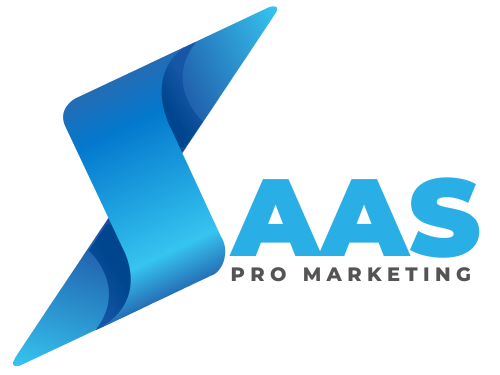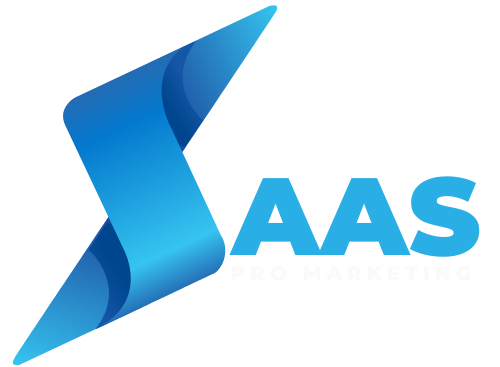In today’s tough competition, managing content for software companies is super important. SaaS content management means planning content like blogs, videos, and more. It’s not just about making stuff; it’s about telling stories that grab people’s attention and help the business grow. With the right plans and tools, SaaS companies can use content to make more people know about their brand and get more customers. Let’s dive into SaaS content management and learn some essential strategies together.
Now, have a look at the characteristics of SaaS content management.

Strategic Planning:
SaaS content management is about thinking ahead about what content to create, where to put it, and how to improve it. It fits what the company needs and what customers want. It’s like making a plan for what stories to tell, where to say to them, and how to make them more attractive.
Audience-Centric Approach:
We create content that meets the needs of potential users of the software. This ensures that the content is valuable and exciting.
Multi-Channel Distribution:
This distribution usually happens when we share content in many different places, such as websites, social media platforms, emails, and other platforms. This helps more people see the content because it’s in different places where they spend their time online.
Consistency:
Consistency means making sure that everything about the brand, like how it appears and speaks, remains unchanged. Moreover, this characteristic of SaaS content management helps people recognize the brand quickly and trust it because they know what to anticipate. We maintain the same look and tone across all the different places where the brand’s content is displayed. There are other places like social media, the website, or anywhere present to share the content.
Data-Driven Optimization:
Furthermore, data-driven Optimization means using information about how content performs, such as how many people view it or make purchases. It figures out how to improve it. With this data, we can understand what works and what doesn’t and then make adjustments to make the content even more effective. It’s like using feedback from the audience to make the content better and more appealing to them.
Scalability:
It means creating content that still works well even as the business grows more prominent. This means that it becomes easier to create or share the content as the company gets larger. It’s about making sure that the processes for creating and distributing content can handle the increased workload and demand that comes with business growth without becoming overly complicated or inefficient. It’s like building a system that can hold more work without breaking down or becoming too difficult to manage.
Collaboration and Workflow:
It means using tools and methods to work together effectively as a team. This characteristic of SaaS content management ensures that everyone involved in creating content understands their roles and responsibilities and can communicate smoothly. We have a well-organized plan and system in place so that everyone knows what they need to do and can work together efficiently. This collaboration ensures that everyone is aligned with the project’s goals and objectives and that the content creation process runs smoothly.
Agile Iteration:
It means being able to quickly change and try new things based on what’s working and what’s not. It’s about being flexible, so if something isn’t going as expected, you can adjust your approach right away. This helps to keep improving and trying different ideas, which leads to better results. It’s like being able to switch directions easily when needed, so the content creation process stays fresh.
Personalization:
It means creating content that is tailored to each person so they feel like it was made just for them. It’s about making the content unique and relevant to their specific interests, preferences, and needs. When we personalize content, people are more likely to enjoy it and find it helpful because it speaks directly to them. It’s like they’re getting a customized experience that feels more meaningful and valuable compared to generic content.
Automation:
Automation is a characteristic of SaaS content management. It means using tools or technology to do tasks like posting content or checking how well it’s doing without people having to do it themselves. Instead of doing everything by hand, these tools can do repetitive jobs automatically. It saves time and energy. For instance, instead of manually setting up when posts go out on social media, automation tools can do it for you. Likewise, instead of keeping track of how content is done manually, these tools can give you reports with data about how it’s performing. It’s like having a digital helper that does the boring stuff so people can focus on more important things.
Here are the benefits of SaaS content management in simple terms:
Read About: Is SaaS Data Analytics the Ultimate Business Success Machine?
Getting Noticed:
When people see the company’s content in many different places, it makes the brand more robust and familiar, making it easier for people to recognize it. As more people become aware of and trust the brand, the company can grow and succeed in business.
Finding New Customers:
When people come across interesting content, they may become curious about the company and its offerings. This curiosity can lead them to explore the company further and potentially make a purchase.
Keeping Customers Happy:
When customers perceive that the content caters specifically to them, they feel valued and appreciated. This personalized approach strengthens the relationship between the company and its customers. Usually, it makes them more likely to stay loyal and continue using the product or service. By consistently providing content that resonates with their audience on an individual level, SaaS companies can foster a sense of loyalty and encourage customers to remain engaged over time.
Saving Time and Money:
This means that when SaaS companies use tools or software to automate tasks, they can finish those tasks faster and with less money. Instead of doing things like posting content or checking data by hand, these tools can do it by themselves. This saves time, which businesses can use for other essential tasks, such as creating new products or assisting customers more effectively. Also, because these tools do the work instead of people, it costs less because there’s no need to pay someone to do it.
FAQ’s
What is SaaS content management?
Eventually, SaaS content management involves planning, creating, sharing, and improving content to attract people to your software.
Why is SaaS content management critical?
Usually, SaaS content management is essential in today’s competitive landscape. It helps increase brand visibility, attract new customers, and keep existing customers engaged and satisfied.
Why is scalability important in SaaS content management?
Furthermore, scalability ensures that content creation and distribution processes can handle the increased workload. It demands as the company grows, without becoming inefficient or complicated.
What are the benefits of automation in SaaS content management?
Moreover, automation helps save time and money by handling tasks like posting content or analyzing data automatically. It allows companies to focus on more essential activities and reduce manual labour costs.
What is meant by data-driven optimization?
Usually, it involves using data about content performance to improve its effectiveness, ensuring that the content resonates with the target audience.









